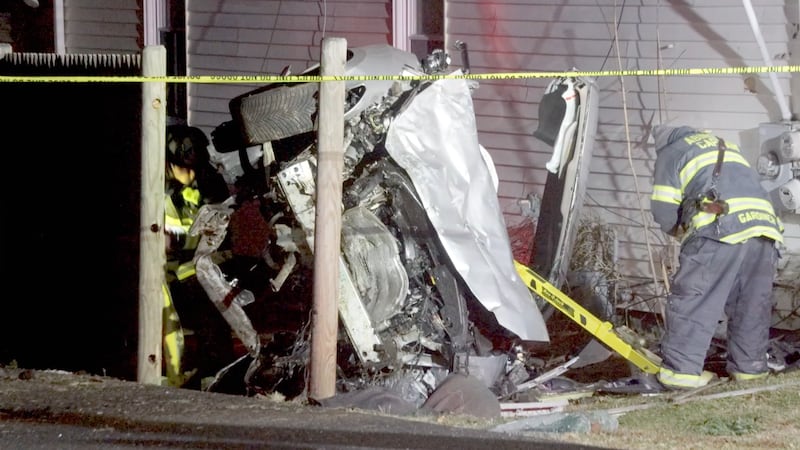WORCESTER — Until a few months ago, Catholic Charities of Worcester County’s Little Bottoms Diaper Program relied on some tried-and-true sources for the disposable diapers it distributes to low-income families.
“Before, we were getting our supply from Amazon and Walmart,” said Maritza Delacruz, area administrator of emergency services. “And we were constantly calling, and they would put us on a backorder because the demand is so high.”
Facing heavy demand of its own, the group was forced to change its supplier.
“We’re averaging now about 20-to-50 families on a weekly basis looking for diapers and the training pants,” Delacruz said.
And with supplies tight, families are limited to one pack of diapers per child, she said; not nearly enough when you consider, according to the National Diaper Bank Network, that infants can go through up to 360 diapers a month – toddlers about half that.
“Most diaper banks buy in very large quantities,” said Joanne Goldblum, CEO of the National Diaper Bank Network. “So, you’re talking 250,000 diapers at a time. So, an 18-wheeler. And I think there have been some complications with that.”
But Goldblum said that, overall, diaper supplies seem to have been relatively stable. What has been less stable of late: diaper prices. Earlier this year, both Procter & Gamble and Kimberly-Clark – major suppliers of disposable diapers to the U.S. market – announced percentage price increases in the high single digits.
That, along with pandemic hardship, has likely led, at least in part, to a huge increase in demand on diaper banks across the country. Goldblum says between 2019 and 2020, diaper distribution at its member facilities increased 86%, and there’s no sign of a slowdown in 2021, she said.
“Diapers are one of those things that come up as something people aren’t able to manage when things become tight,” Goldblum said. “We definitely believe that any increase in the retail cost of basic necessities that children and families need has an inequitable impact on those living in poverty. So certainly, increasing prices hurt people who don’t have as much money.”
A spokesperson for Kimberly-Clark didn’t mention price but told Boston 25 News that, while there is no actual diaper shortage, there is widespread ‘diaper need’ in the U.S., with 1-in-3 American families lacking a sufficient supply of fresh diapers.
For a variety of reasons, many of them having to do with environmental consciousness, some new parents have been opting out of disposable diapers altogether. Some cloth diaper services are reporting continuing growth during the pandemic.
The Diaper Lab in Cambridge is one of them. But CEO and Chief Buyer Salina Gonzales-Frazier said COVID has been tough on the diaper industry. Supply chain issues have also made ordering a challenge.
“One of the companies, called gDiapers, actually went out of business during the pandemic and they were a pretty popular brand,” Gonzales-Frazier said.
gDiapers sold a hybrid form of diaper with a disposable insert. And while the cloth diaper market is growing, Gonzales-Frazier said it is not immune from supply chain issues, either.
“There are definitely gaps,” she said. “And there are longer lags of time when certain things are out of stock.”
But out of stock does not mean out of stock forever, in most cases. Nor does it mean a long-lasting shortage is necessarily in the cards. That’s why Goldblum is urging new parents who can afford to stock up on disposable diapers not to do so. Because that would create, in effect, an artificial shortage but one that would be all too real for lower-income families who need diapers too.
©2021 Cox Media Group





